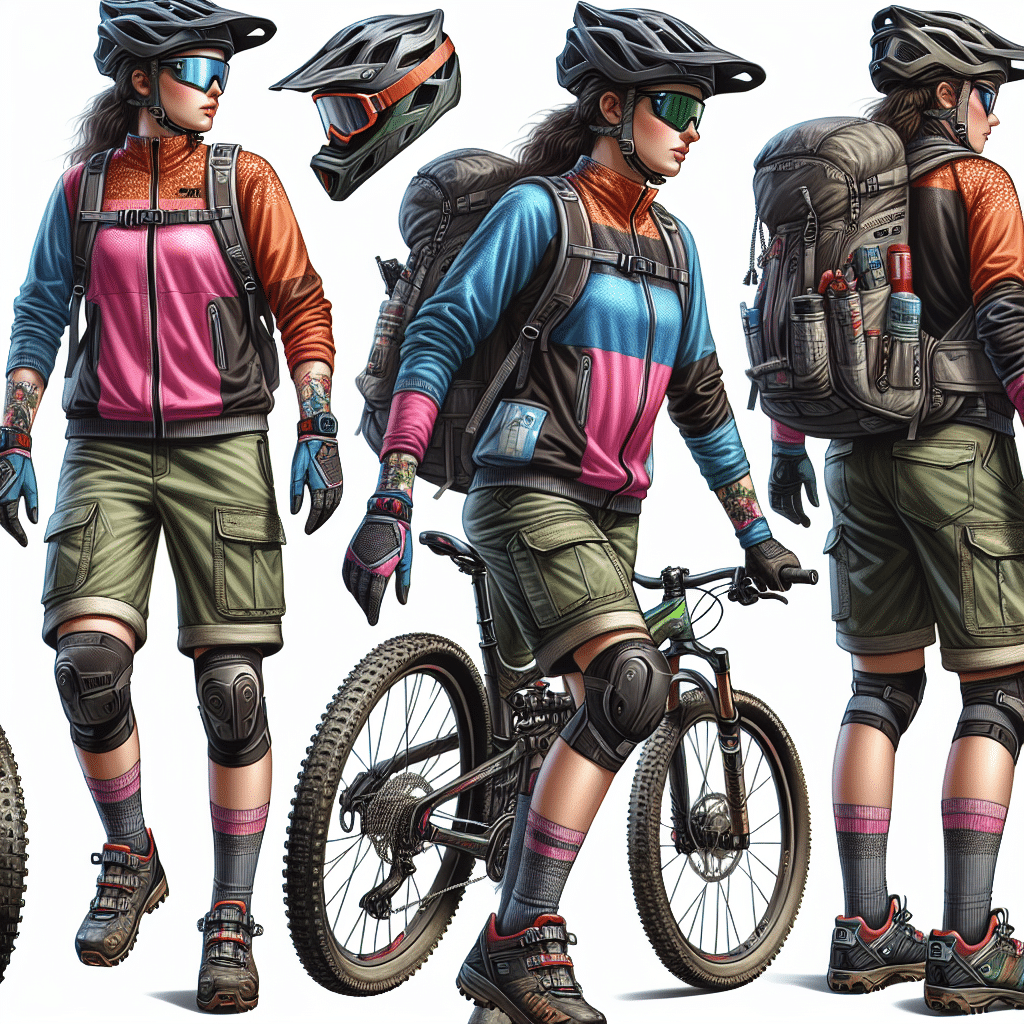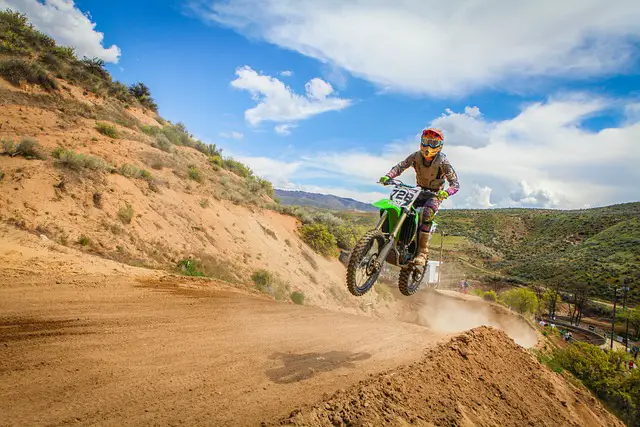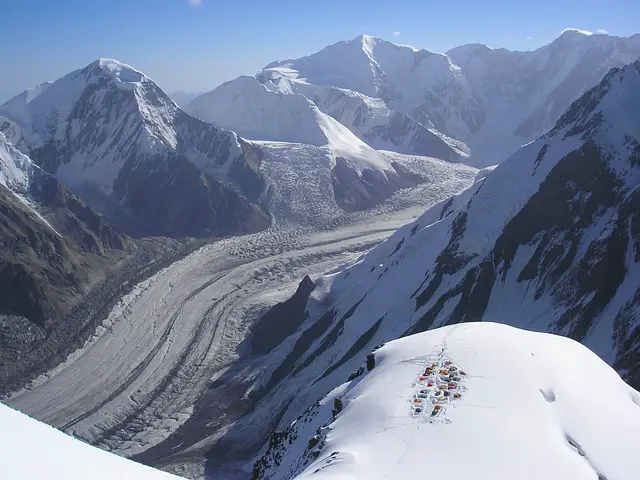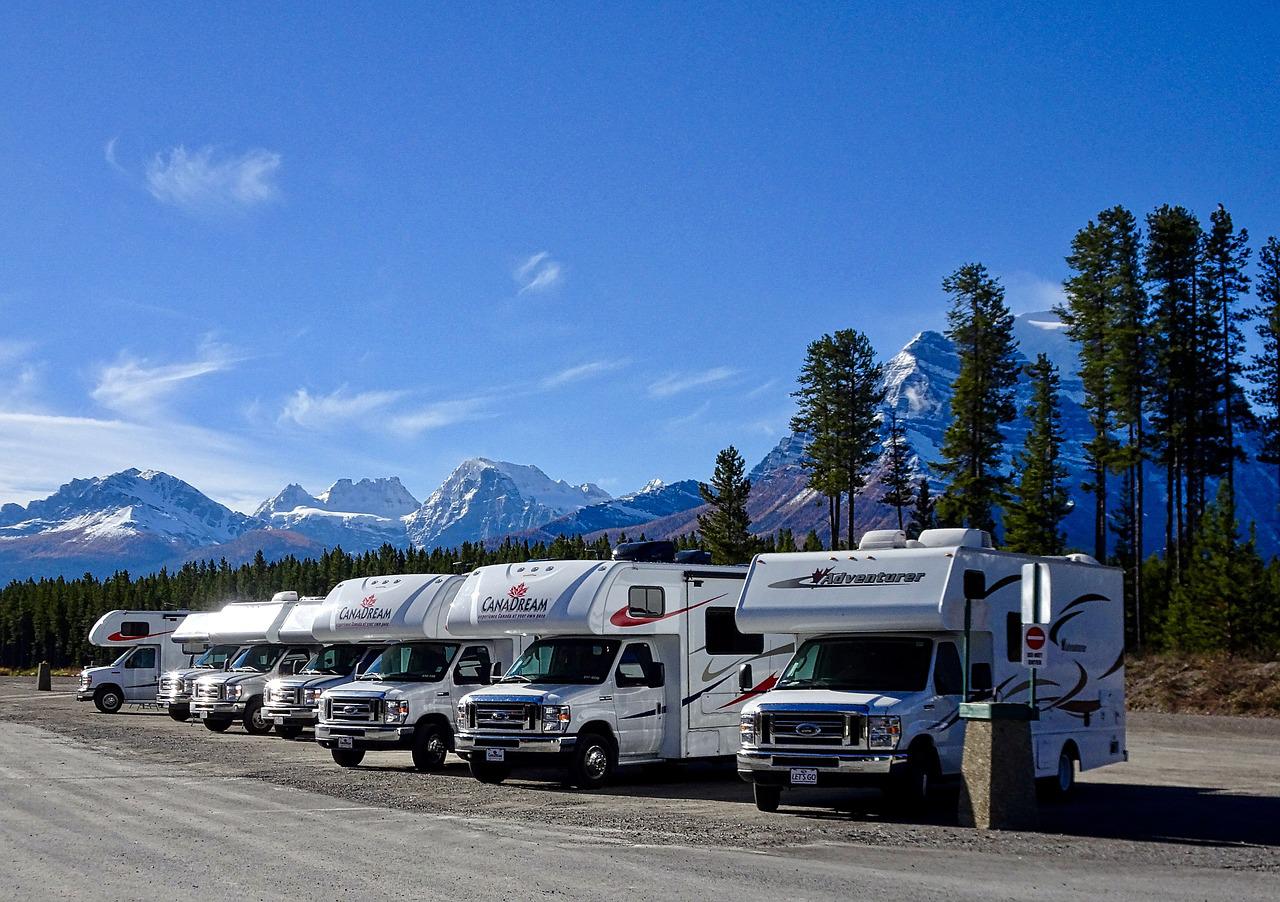Mountain biking is more than just a bike ride. It’s an adrenaline rush, a way to connect with nature, and a great form of exercise. However, proper attire is crucial to ensure a safe and enjoyable experience. This article will guide you through what to wear mountain biking in different conditions and types of trails.
Why is Proper Mountain Biking Attire Important?
Proper attire for mountain biking is about more than just aesthetics. It’s about protection, comfort, and performance. The right gear can protect you from falls, scrapes, and weather conditions. It can also help you perform better by minimizing distractions, discomfort, and chafing. Not to mention, the right attire can add to your experience, making you feel more like a part of the biking community.
The Basic Apparel: What to Wear Mountain Biking?
What to wear mountain biking can vary depending on a few factors – the weather, the terrain, and personal preference. Here are the basics:
Helmet
Safety should always be your top priority, and a helmet is the most crucial piece of safety gear. Mountain biking helmets offer more coverage than standard helmets, often extending over the back of the head for greater protection.
Bike Jerseys
Mountain bike jerseys are specifically designed to keep you cool and dry while providing freedom of movement. They also typically feature rear pockets for convenient storage of snacks, phones, or tools.
Mountain Bike Shorts
Mountain bike shorts are usually baggy, and often come with a padded liner short for added comfort. They are typically made of durable materials to withstand the wear and tear of the trails.
Gloves
Full-finger gloves are recommended for mountain bikers to offer protection, grip, and sometimes even padding.
Head-to-Toe Apparel Guide for Mountain Biking
Footwear
Cycling shoes designed for mountain biking offer good grip, ankle protection, and are made of durable materials to withstand the rigors of the trail.
Socks
Mountain biking socks are typically moisture-wicking and breathable. They come in various lengths from ankle to knee-high, depending on personal preference and weather.
Protection Pads
Additional protective gear like knee pads and elbow pads can be useful, especially for technical or downhill trails.
Jackets and Layers
In colder weather, layers are key. A breathable yet warm jacket can keep you comfortable during your ride. Rain jackets can also come in handy for wet conditions.
Eyewear
Sunglasses or clear lens glasses can protect your eyes from dust, debris, and the sun. Some mountain bikers also wear goggles for added protection.
What About Wearing a Backpack?
A cycling backpack or hydration pack can be very useful for carrying water, snacks, tools, and spare clothing. Just make sure it’s not too heavy and fits snugly on your back to avoid discomfort or imbalance.
Final Thoughts
What you wear mountain biking can make a significant difference in your riding experience. The right gear can keep you comfortable, enhance your performance, and most importantly, help keep you safe. So next time you go out for a ride, remember the importance of proper attire and ensure you’re well-equipped for the trails.




